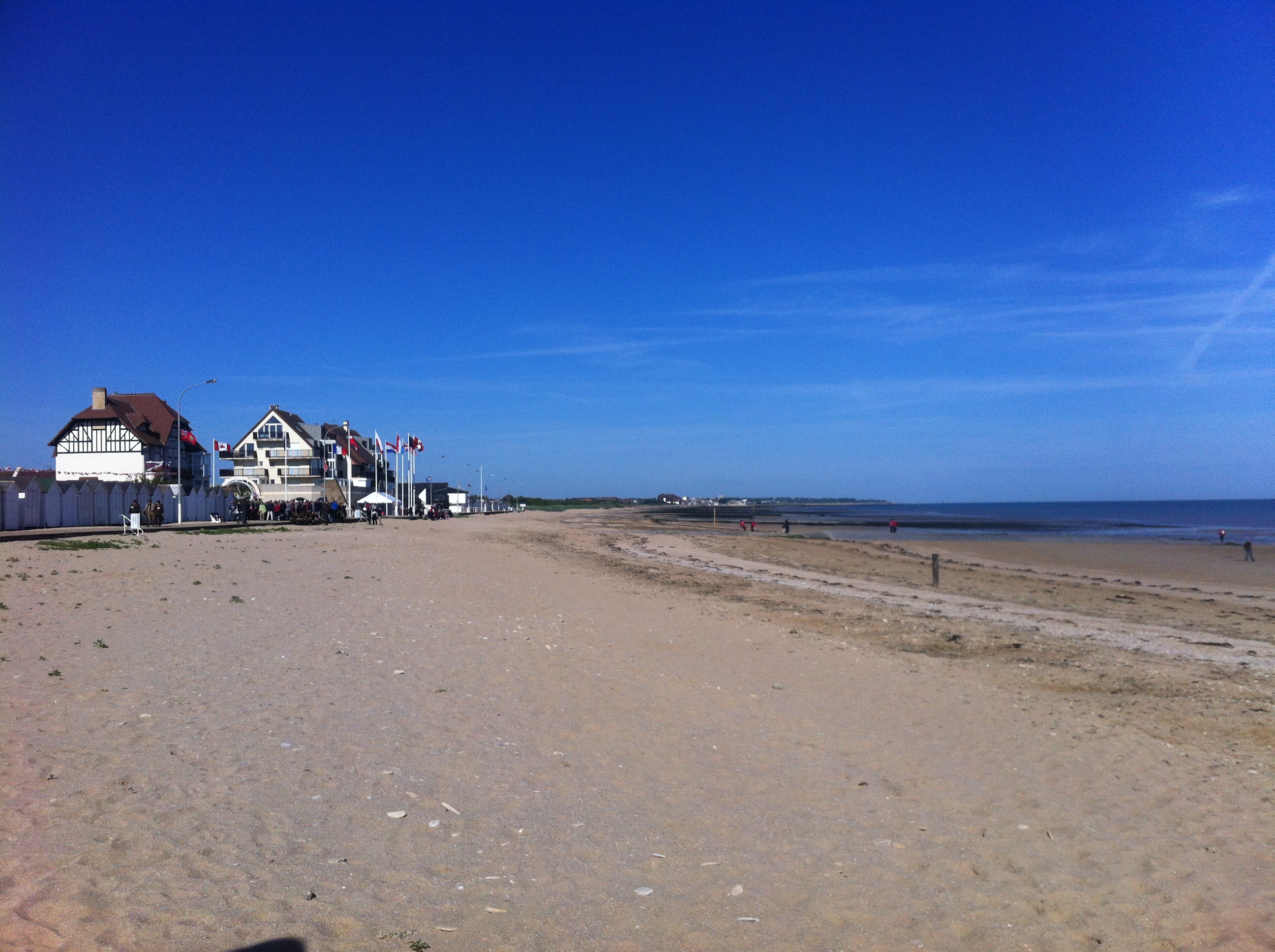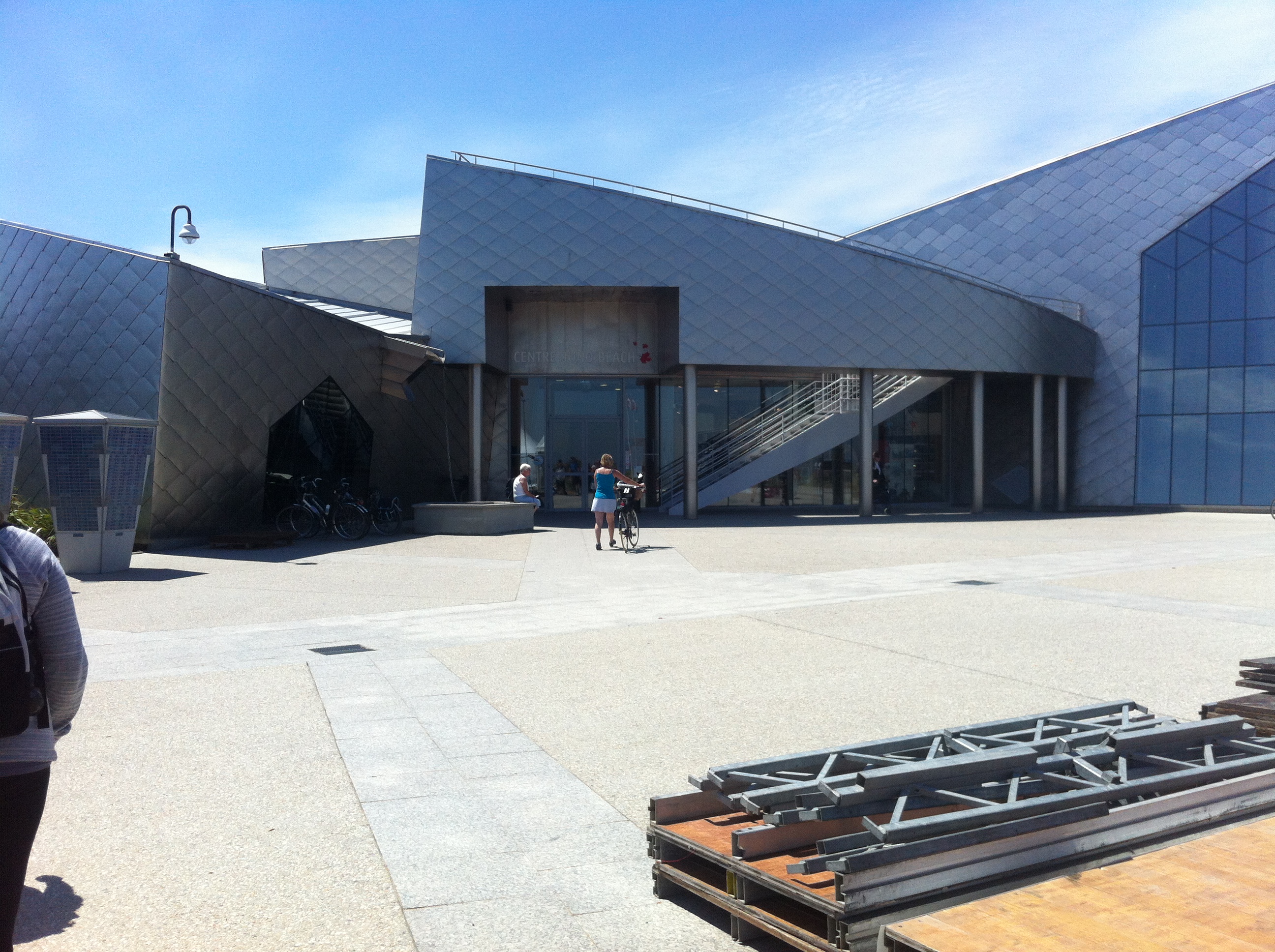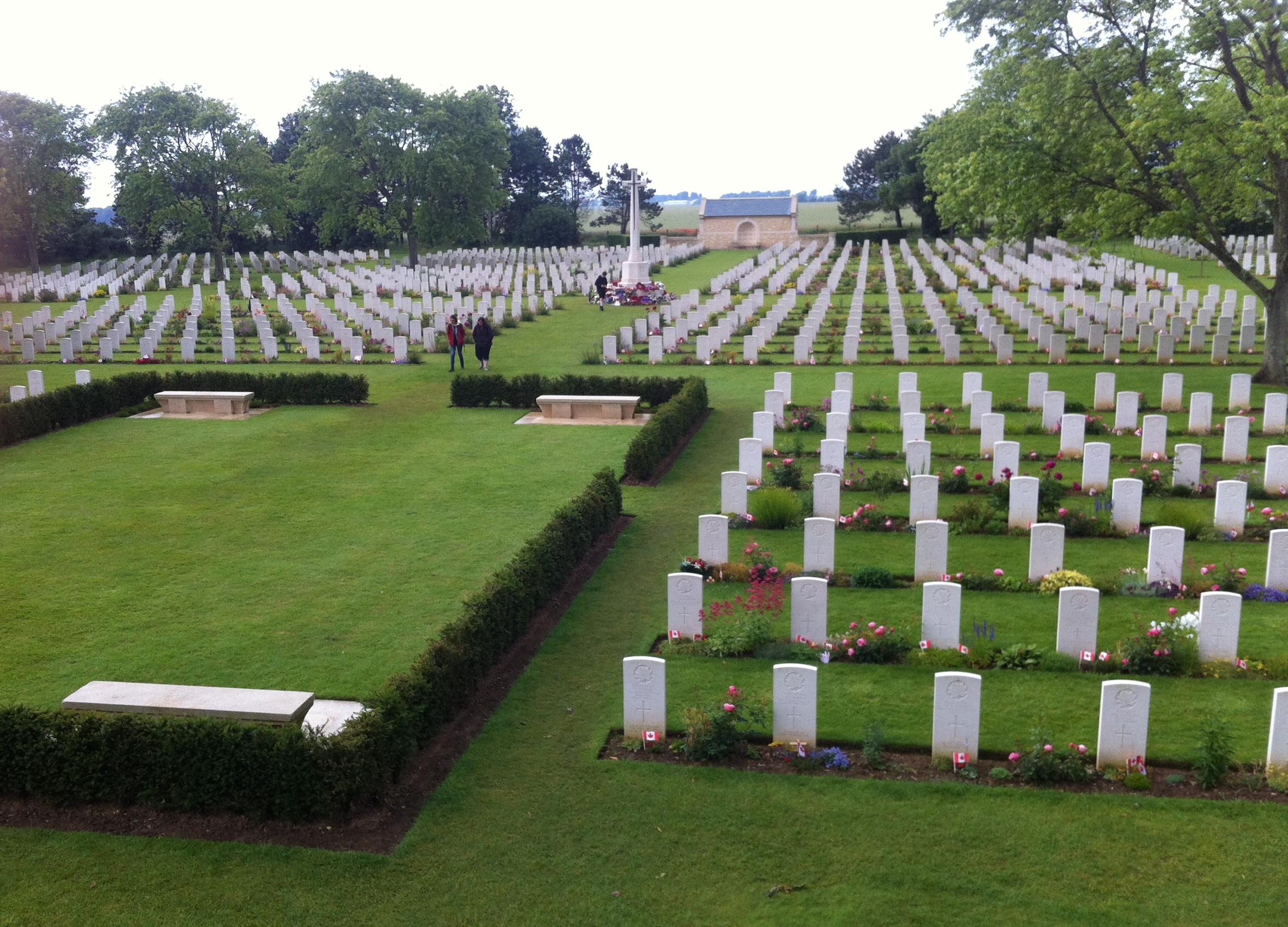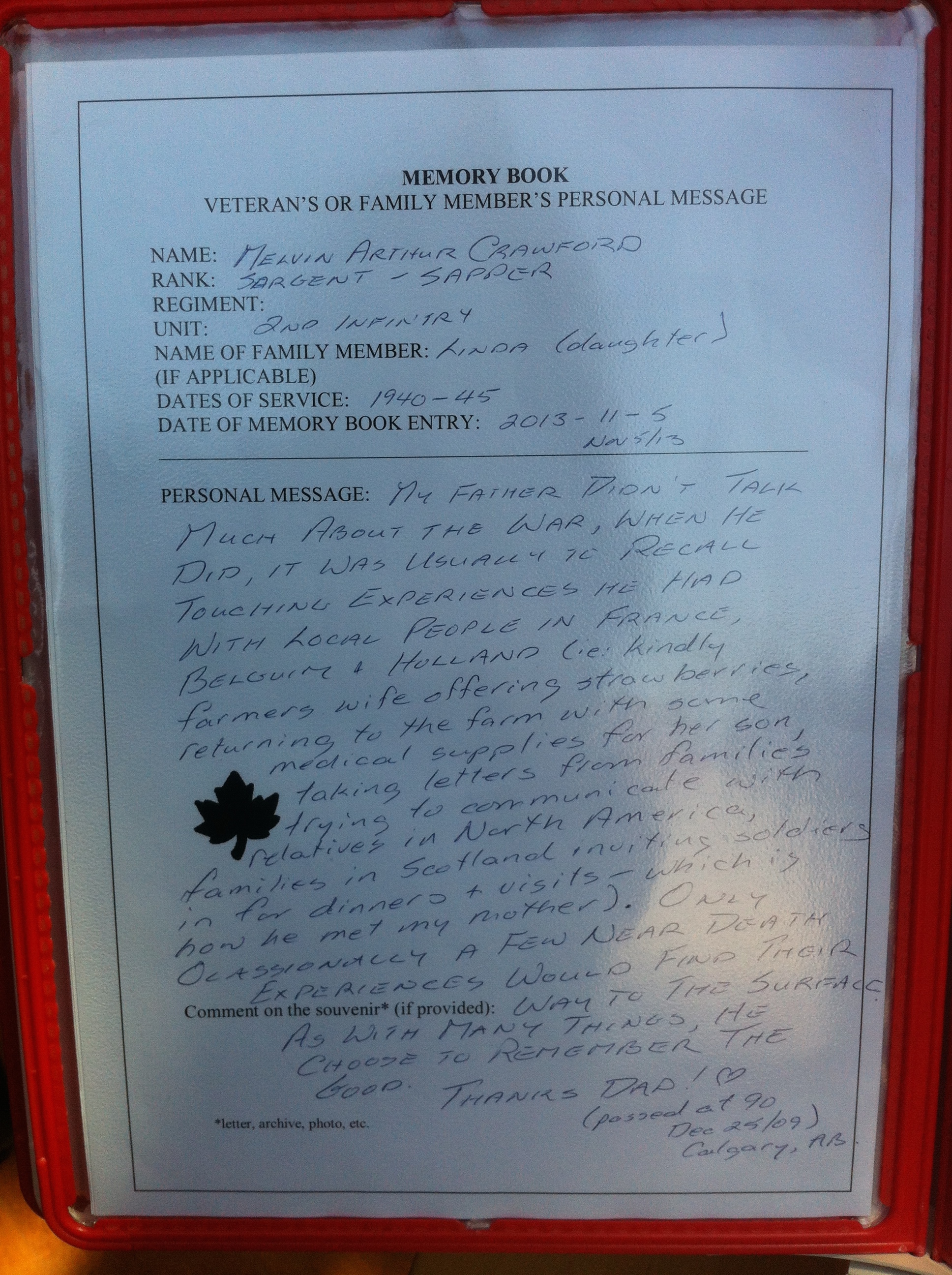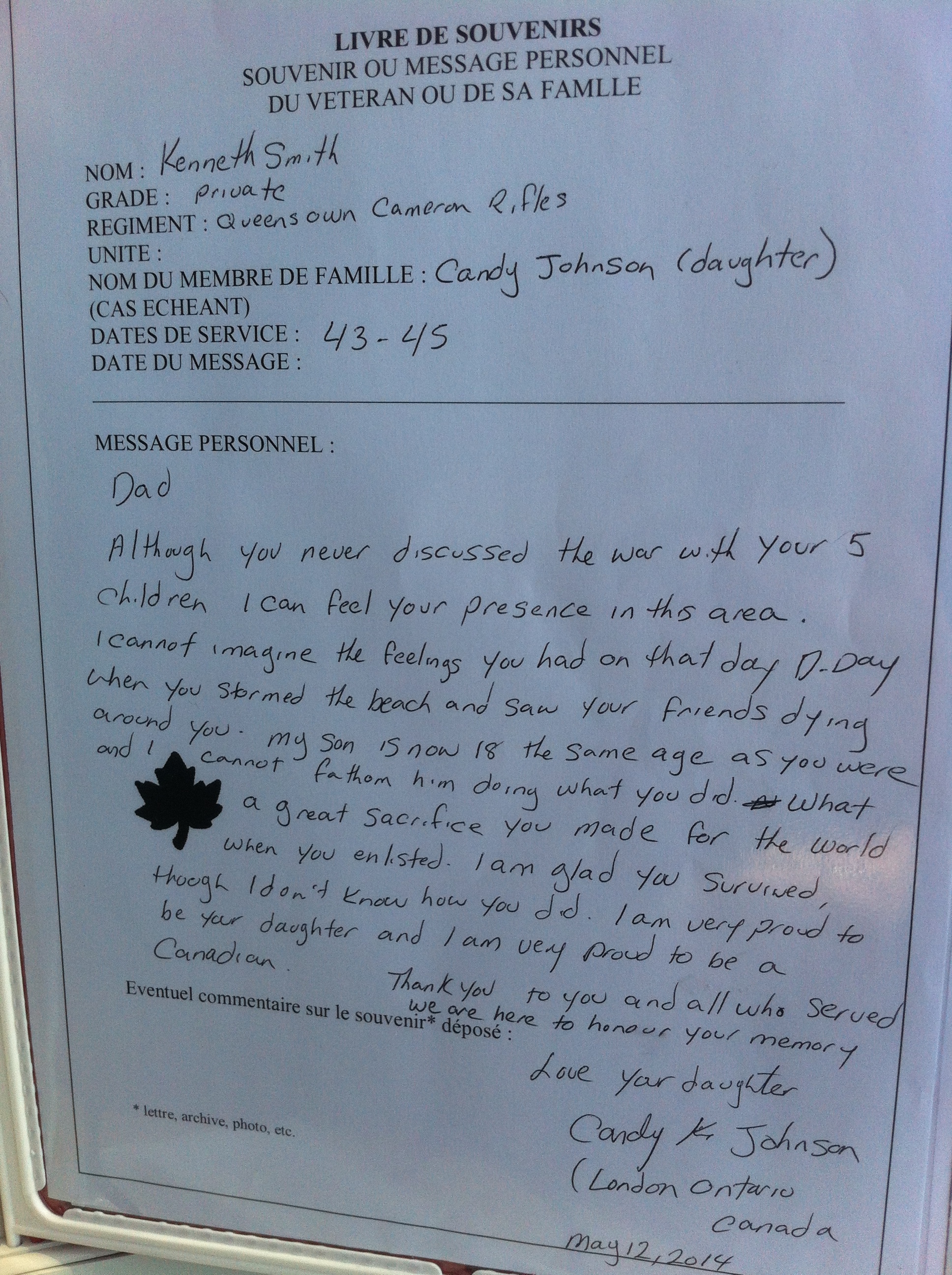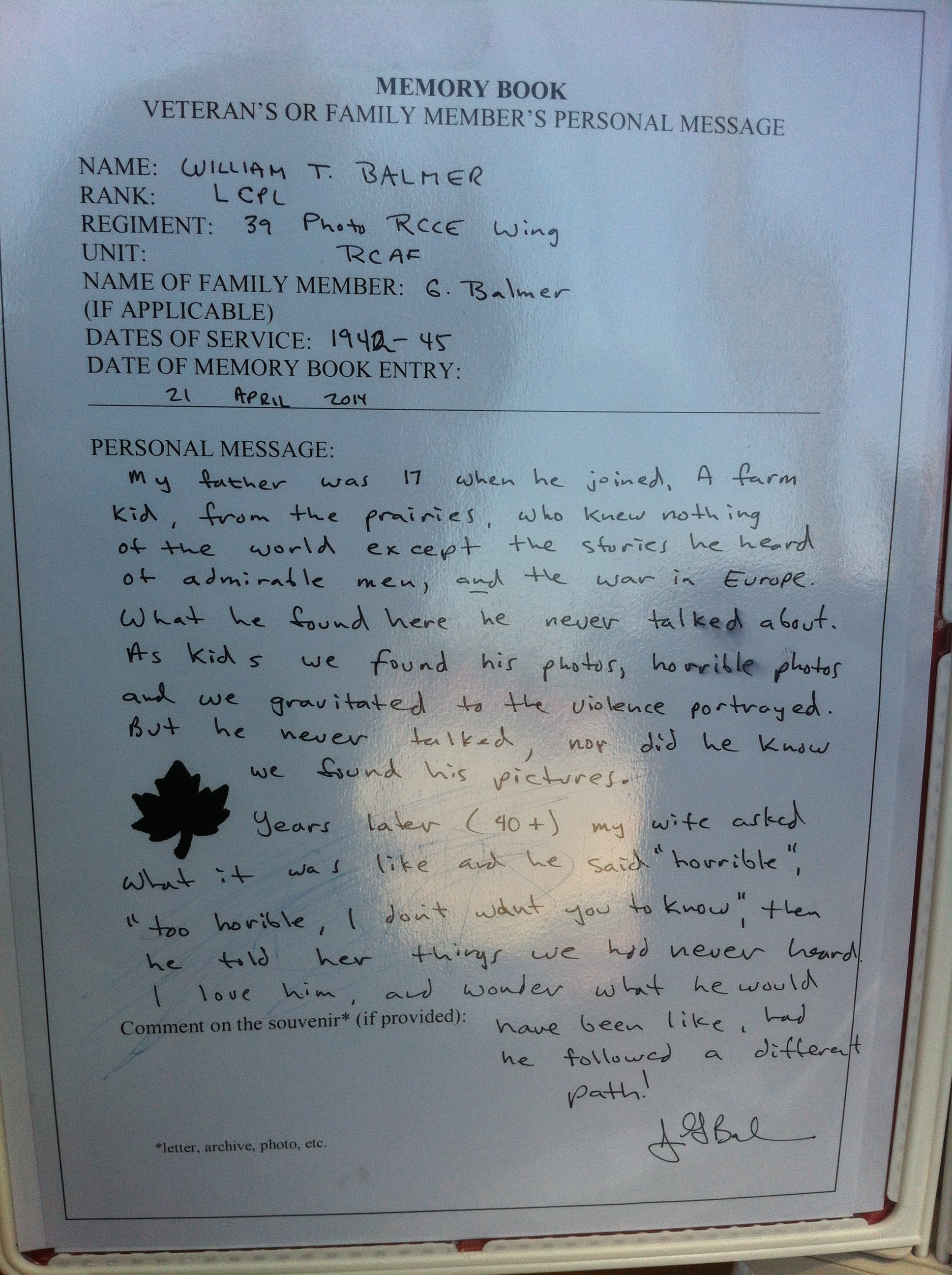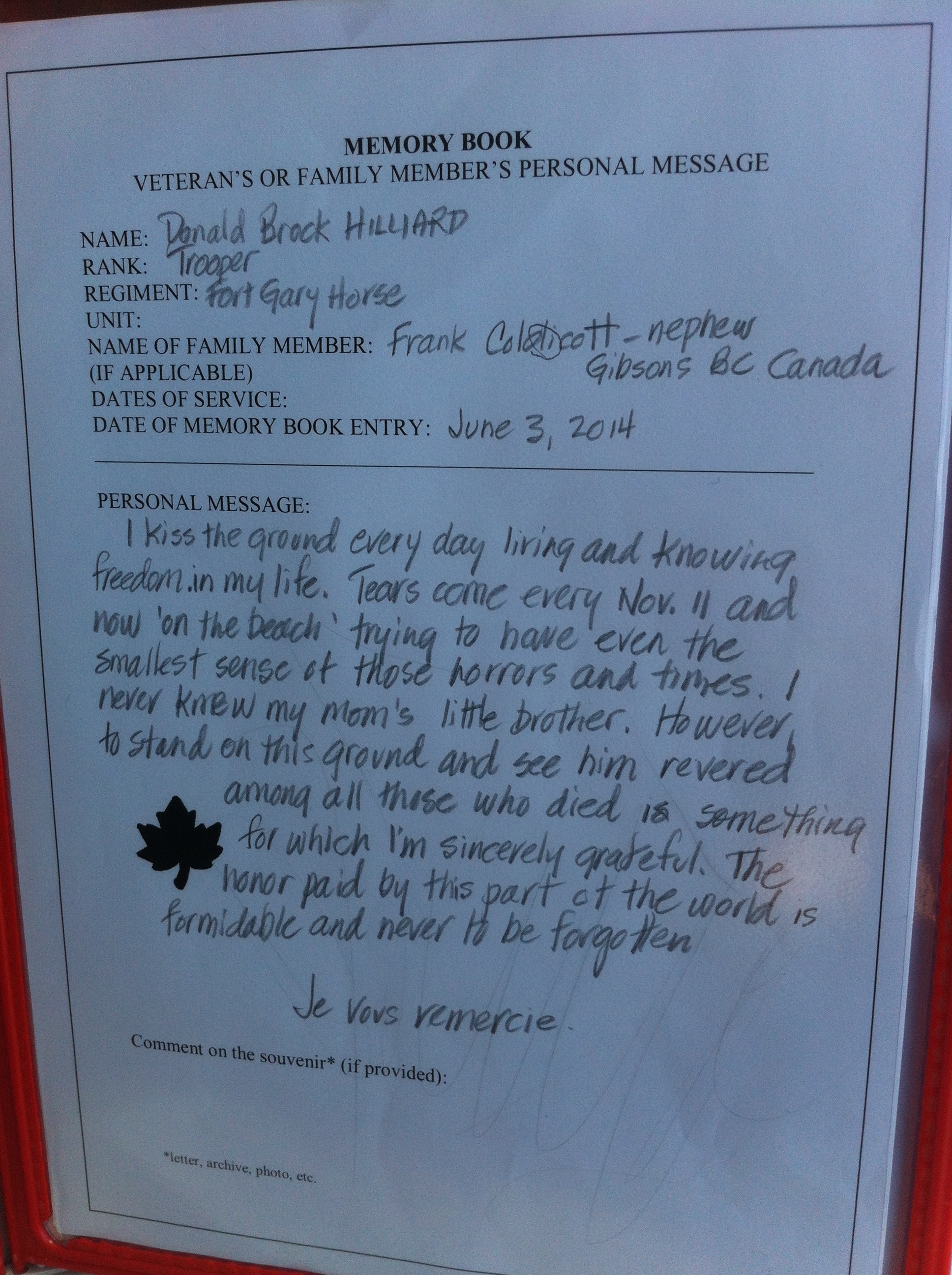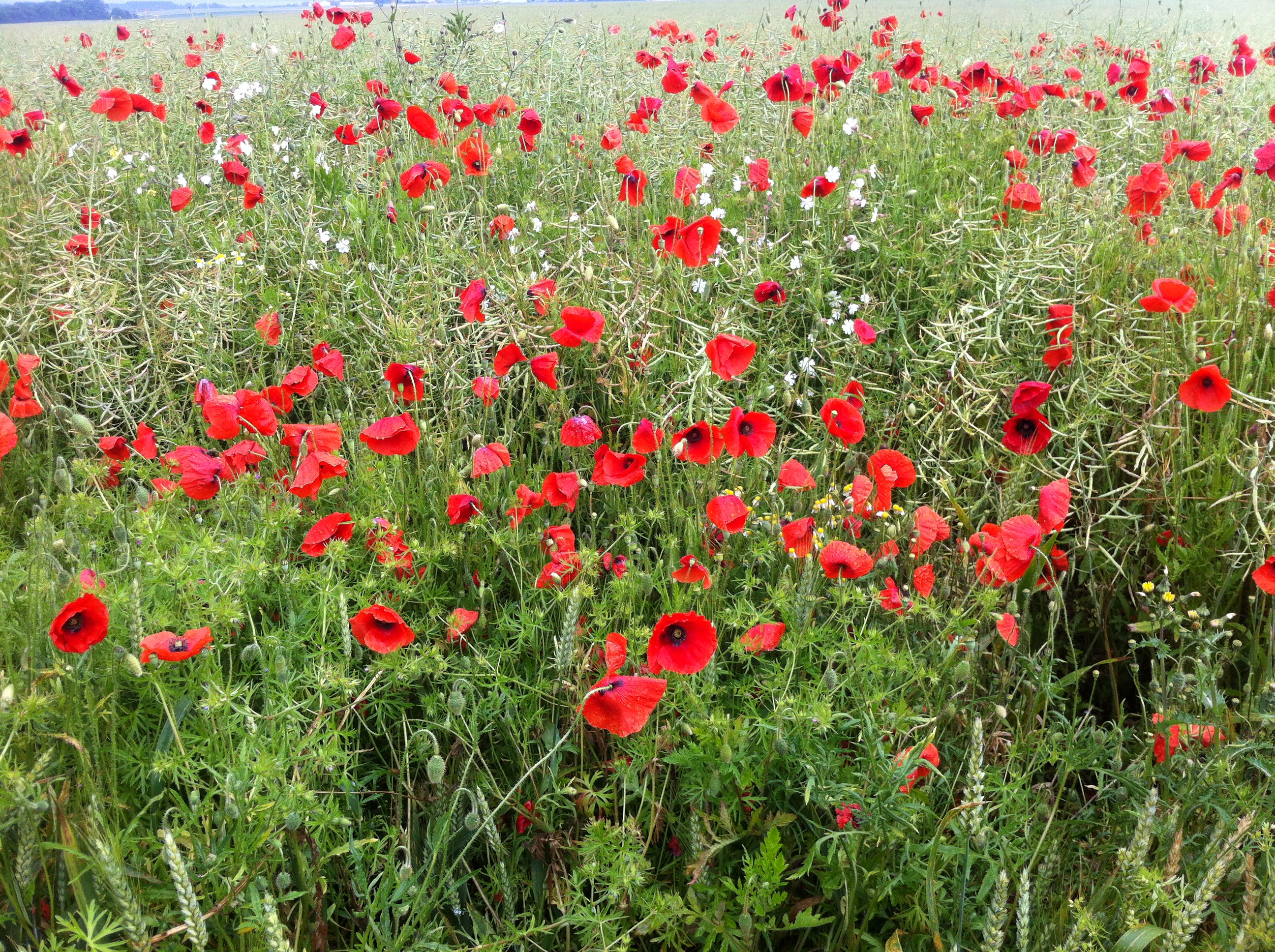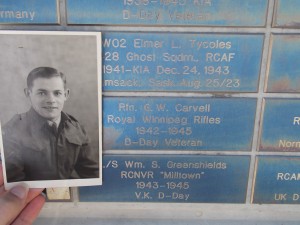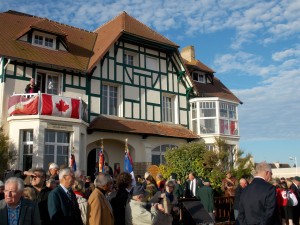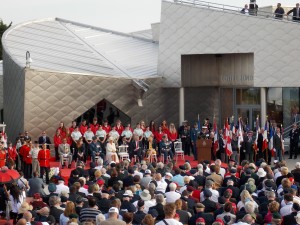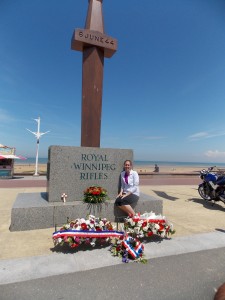Today was officially day one of the 2015 Canadian Battle Field Foundation Tour. After a wonderfully long Air France flight from Montreal to Paris, we packed our bags into two eight-person vans just after 06:30. This would begin our long and jet lag filled day, but there is no time to rest when you are privileged enough to experience what we did today – even if a soft bed did seem preferable at the time.
Our team of fifteen was divided up and myself and six other exhausted souls began our drive across the French country side. Along the way we stopped for a quick breakfast before continuing on to our first official destination of the morning. We began with a visit to the L’Historial de la Grande Guerre located in Peronne; this war museum is unique in its choice of presentation. Unlike the Canadian War Museum located in Ottawa that we attended the previous day, which consists of numerous artifacts arranged in a chronological order to follow and interact with, the L’Historial chose what I would describe as a more social approach to history. It displays its artifacts in sunken floor show cases to allow the audience a different perspective.
At noon we left the museum and headed to our next location that will serve as our home base for the next few days, Chavasse Farm located in Hardecourt-Aux-Bois, a small village in the Somme region of France. To describe our accommodations would not do it justice, as it truly represents the ideal place to stay in France. As my fellow wanderer Katie Beaudette described it, “it’s almost a museum itself. It is almost like the house is breathing history.” I believe this to be an opinion shared by all those who have stayed and will stay here in the future. If these walls could speak, the stories they would tell. Although I could continue on about how with each moment my love for this area, its scenery and history grows I can not forget to tell the rest of our days adventures.
After quickly stopping to drop off our luggage we continued to the sight of the largest surviving crater of the First World War, the Lochnagar Crater. Craters such as this were created as a result of Allies tunnelling under German front lines and placing explosives in an attempted to create casualties that would aid in their future operations. Although it did hamper the Germans, it did not prevent them from creating mass British casualties.
After doing a stand at this location and frolicking about in the Canola fields, we went on our way to our next location. Not far down the road there is another sight commonly referred to as the “Glory Hole,” that is currently under excavation by British volunteers. So far they have unearthed numerous artifacts and even a few bodies of fallen soldiers. It was here that we met one of the volunteers in his First World War re-enactment uniform, and he was kind enough to show us his kit. We then continued on into the city of Amiens where we visited the Cathédrale Notre Dame d’Amiens, which had plaques honouring the fallen from various Allied countries, including the Canadian Light Dragoons. It was here that jet lag really kicked in and we decided to finish of the day with a true Parisian meal… McDonald’s.
I Can not wait to see what comes next.
Until then,
Deanna Foster.






